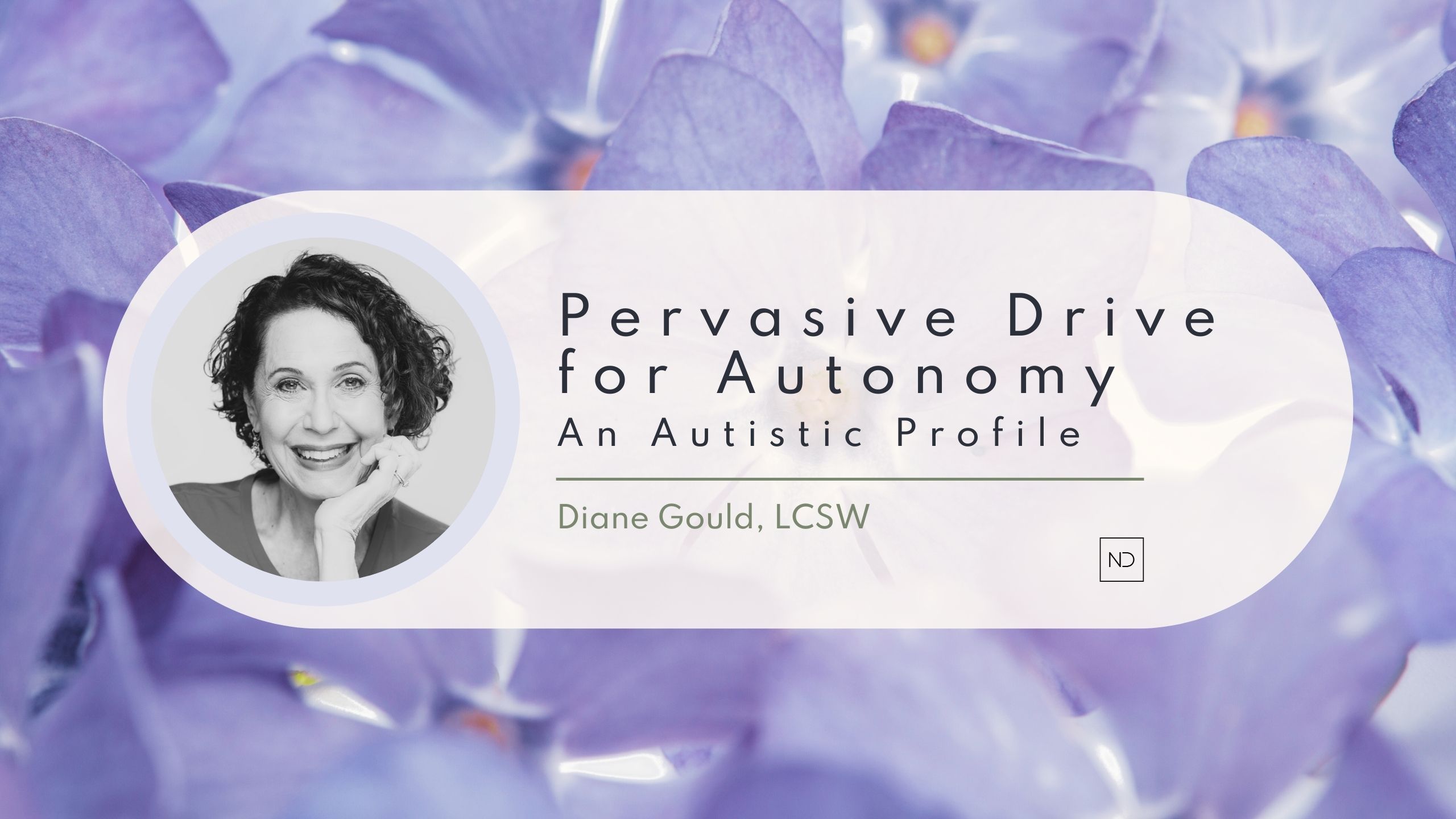
Hidden Link Between Mental Health + Posture
Written By :: Dr. Hana Khan, OTD, OTR/L, CCTP :: Clinical Occupational Therapist
Hidden Link Between Mental Health + Posture
One factor that often goes unnoticed within the discussion surrounding mental health is posture. Emerging research suggests that the way we hold our bodies can significantly impact our mental health. Read on to learn more about the science behind this connection and some practical tips for improving posture to boost mental health.
Understanding Posture
Posture refers to the position in which we hold our bodies while sitting, standing, or lying down. Good posture aligns the body with minimal strain on muscles and ligaments, while poor posture often leads to discomfort and physical ailments. However, the implications of posture extend beyond physical health, influencing our mental and emotional well-being.
The Science Behind Posture and Mental Health
Emotional Regulation
Research has shown that posture can affect our mood and emotional state. A study published in the journal Health Psychology found that participants who adopted an upright posture reported higher self-esteem, better mood, and lower fear compared to those who slouched (Peper et al., 2017). The act of sitting up straight can trigger a positive feedback loop, enhancing confidence and reducing feelings of stress and anxiety.
Stress and Anxiety
Poor posture is often associated with increased stress and anxiety. Slouching or hunching over can restrict breathing, leading to reduced oxygen intake and increased muscle tension. A study in the Journal of Behavior Therapy and Experimental Psychiatry demonstrated that individuals who maintained an upright posture during a stressful task exhibited lower cortisol levels (a stress hormone) and reported feeling more in control (Nair et al., 2015).
Depression
Posture can also play a role in managing symptoms of depression. A study in Cognitive Therapy and Research revealed that individuals with depressive symptoms often adopt a collapsed posture, which can exacerbate feelings of hopelessness and helplessness (Wilkes et al., 2017). Conversely, adopting an upright posture has been linked to more positive thoughts and a greater sense of alertness.
Cognitive Function
Good posture can enhance cognitive function by improving focus and concentration. Research in the Ergonomics journal found that students who sat upright during a test performed better than those who slouched (Mehta & Shortz, 2014). The physical alignment of the body can influence mental clarity and the ability to process information efficiently.
Nervous System Regulation
- Cerebrospinal Fluid Flow
Poor posture has a significant impact on the flow of cerebrospinal fluid (CSF) and the communication of mood through our nervous system. CSF is essential for cushioning the brain, removing waste, and maintaining homeostasis within the central nervous system (NINDS, 2021). Poor posture, particularly with prolonged slouching or forward head posture, can compress the spinal cord and impede the flow of CSF. This restriction can lead to a buildup of pressure and toxins, potentially resulting in headaches, fatigue, and cognitive difficulties (Biedermann, 2005). - The Vagus Nerve
Poor posture can communicate negative mood states through our nerves. The vagus nerve, which is a critical part of the parasympathetic nervous system, is involved in regulating heart rate, digestion, and mood. Research has shown that slumped posture is associated with decreased vagal tone, which is linked to increased stress and negative emotions (Porges, 2007). Additionally, maintaining an upright posture has been found to enhance mood and reduce feelings of stress and depression (Peper & Lin, 2012). Thus, the relationship between posture and mood is mediated through the nervous system, highlighting the importance of maintaining good posture for both physical and mental health.
Practical Tips for Improving Posture
- Mindful Sitting
- Sit with your back straight and shoulders relaxed but not slumped.
- Ensure your feet are flat on the floor and your knees are at a right angle.
- Use a chair with good lumbar support to maintain the natural curve of your spine.
- Standing Tall
- Stand with your weight evenly distributed on both feet.
- Keep your shoulders back and your head aligned with your spine.
- Avoid locking your knees; keep them slightly bent to reduce strain.
- Movement Breaks
- Take regular breaks from sitting or standing in one position for too long.
- Incorporate stretches and short walks into your daily routine to relieve muscle tension.
- Ergonomic Adjustments
- Adjust your workspace to promote good posture. Ensure your computer screen is at eye level and your desk and chair are at appropriate heights.
- Use ergonomic tools such as standing desks, footrests, and supportive chairs.
- Exercise and Strengthening
- Engage in exercises that strengthen your core muscles, which support good posture.
- Practice yoga or Pilates, which focus on body alignment, flexibility, and strength.
The connection between mental health and posture underscores the importance of maintaining good physical habits to support psychological well-being. By being mindful of our posture and making necessary adjustments, we can enhance our mood, reduce stress, and improve overall mental health. Incorporating these practices into daily life can lead to a healthier, happier, and more balanced existence.
Investing time in understanding and improving posture is not just about preventing back pain; it’s about fostering a positive mind-body connection that contributes to holistic well-being. As research continues to unveil the intricate links between our physical and mental states, the simple act of maintaining spinal alignment takes on new significance in the journey toward better health.
___________
References
Biedermann, H. (2005). Spinal musculoskeletal findings in the newborn. Manual Therapy, 10(4), 278-285.
Mehta, R. K., & Shortz, A. E. (2014). Influence of posture on cognitive performance and heart rate variability. Ergonomics. Retrieved from Taylor & Francis Online.
Nair, S., Sagar, M., Sollers, J., Consedine, N., & Broadbent, E. (2015). The effect of stress on posture. Journal of Behavior Therapy and Experimental Psychiatry. Retrieved from ScienceDirect.
National Institute of Neurological Disorders and Stroke (NINDS). (2021). Cerebrospinal fluid (CSF). Retrieved from NINDS website.
Peper, E., & Lin, I. (2012). Increase strength by modifying neck posture: Effects of head position on muscle strength and heart rate. Biofeedback, 40(3), 125-130.
Peper, E., Lin, I.-M., Harvey, R., & Perez, J. (2017). How posture affects memory recall and mood. Health Psychology. Retrieved from APA PsycNet.
Porges, S. W. (2007). The polyvagal perspective. Biological Psychology, 74(2), 116-143.
Wilkes, C., Kydd, R., Sagar, M., & Broadbent, E. (2017). Upright posture improves affect and energy levels in people with depressive symptoms. Cognitive Therapy and Research. Retrieved from SpringerLink.
Do you have a question?
Send us a message










